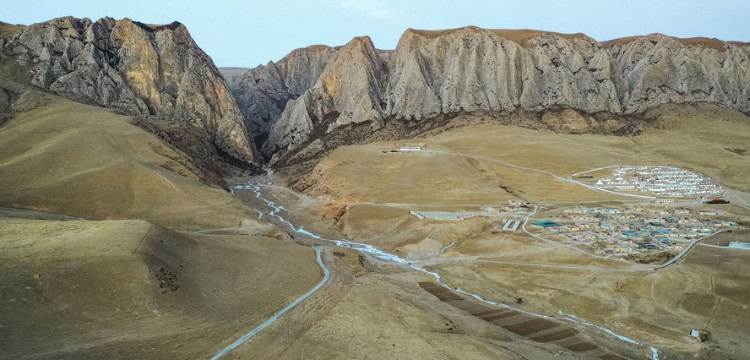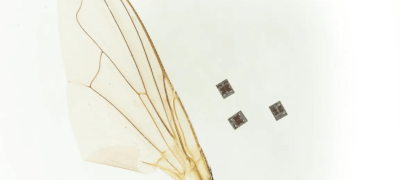The Tibetan Plateau’s majestic grasslands, glaciers, and snow-capped peaks are breathtaking, yet this vast expanse in Central Asia ranks among Earth’s harshest environments.
When I visited the plateau thirty years ago, I struggled with altitude sickness, my head pounding and my movements slowed.
Read more: OceanGate’s Co-Founder Asserts Capability to Safely Transport Humans to Venus
Archaeologists had long believed the Tibetan Plateau, situated more than 13,000 feet (about 4,000 meters) above sea level, was one of the last places on Earth to be settled.
However, recent research suggests a mysterious ancient human species thrived on this “roof of the world” long before Homo sapiens, our own species, arrived.
The Baishiya Karst Cave, on the northeastern edge of the Tibetan Plateau, is crucial in unveiling the identity of these Denisovans. Initially identified through DNA sequences extracted from a fragment of finger bone found in Siberia in 2010, Denisovans are now being studied further at this cave site.
Archaeologists have scrutinized a jawbone, a rib bone, and thousands of animal bone fragments excavated from the site in 2018 and 2019. These findings provide insights into how these extinct humans adapted and thrived in the harsh ice age conditions for over 100,000 years.









